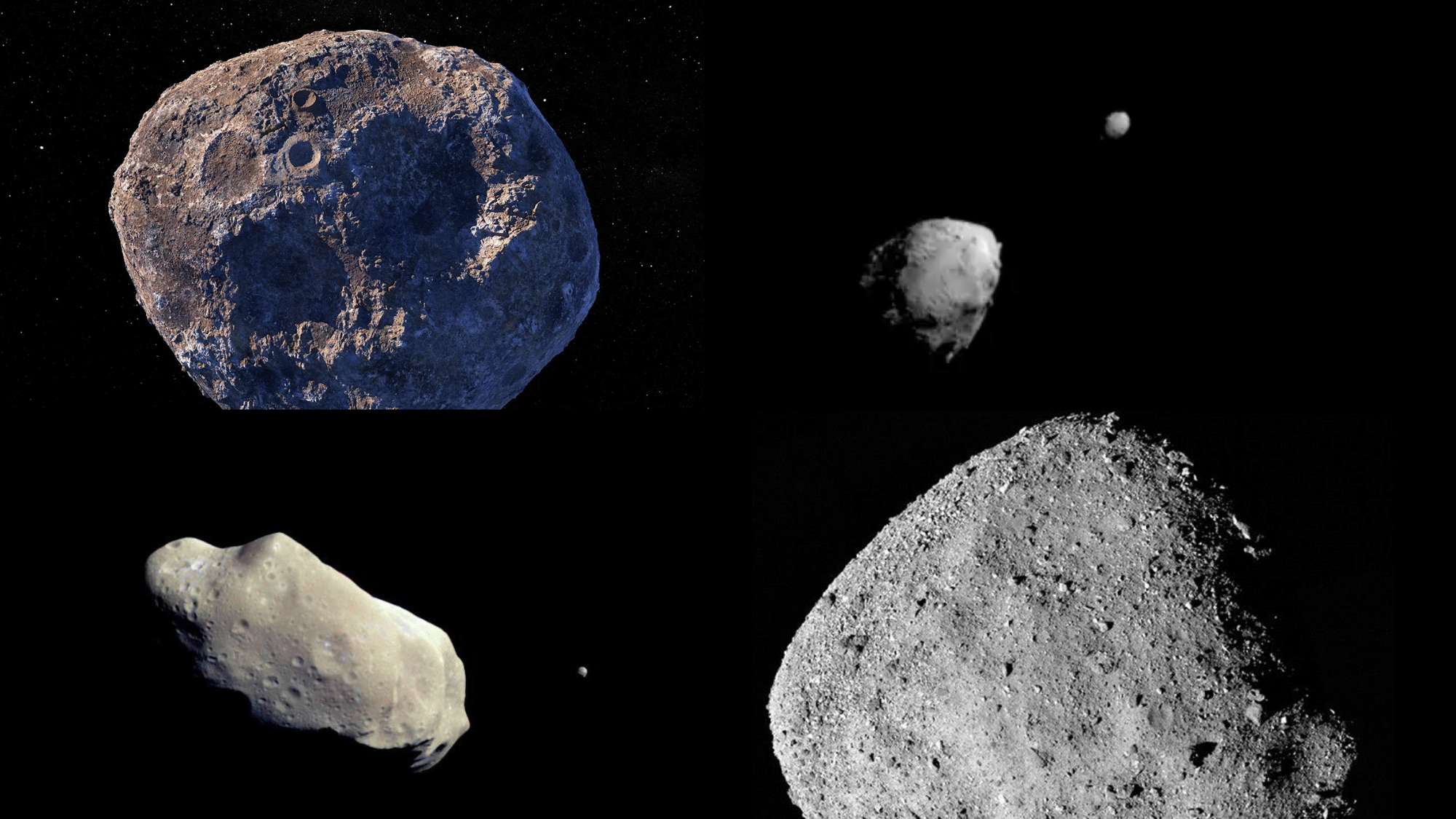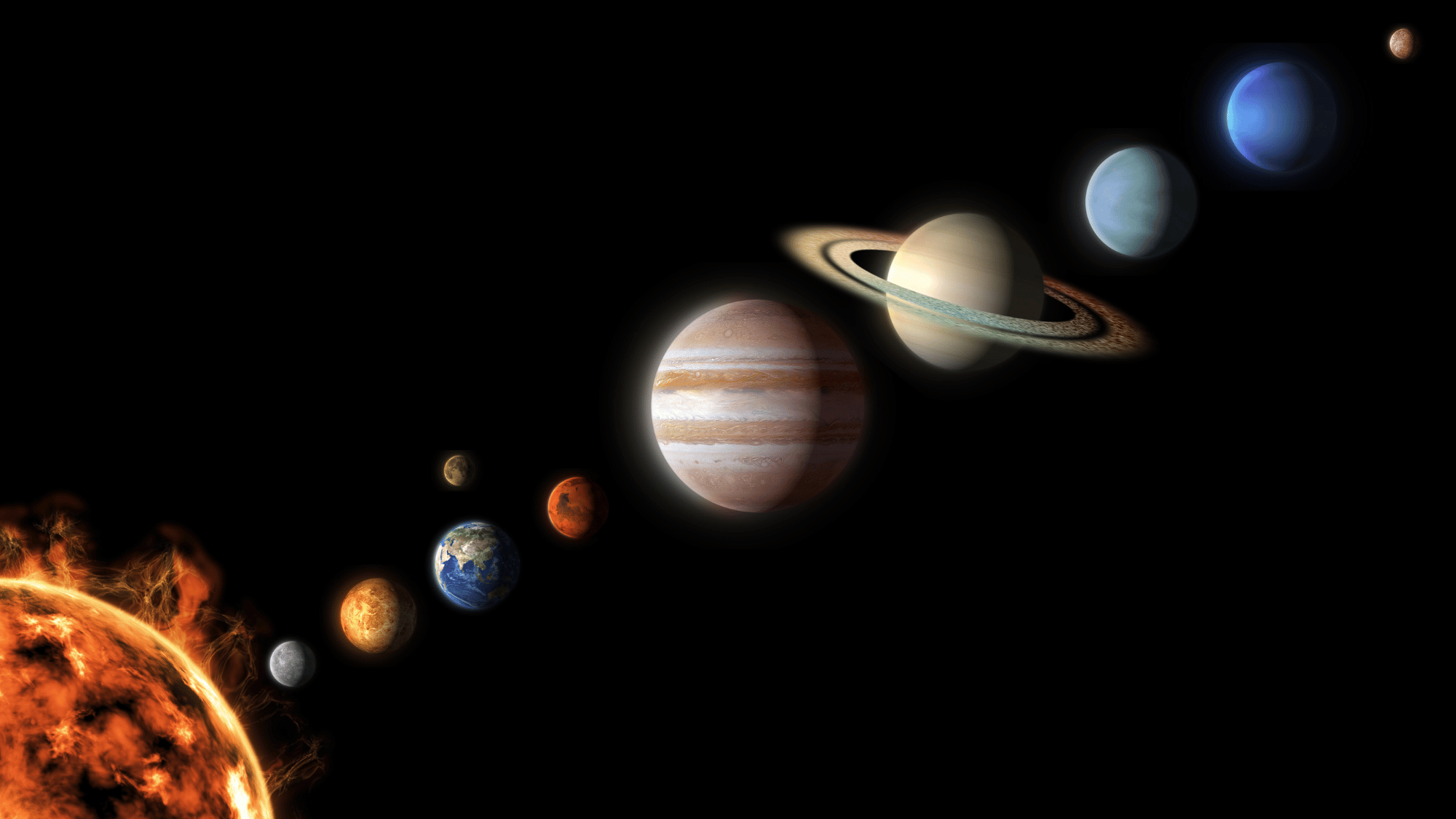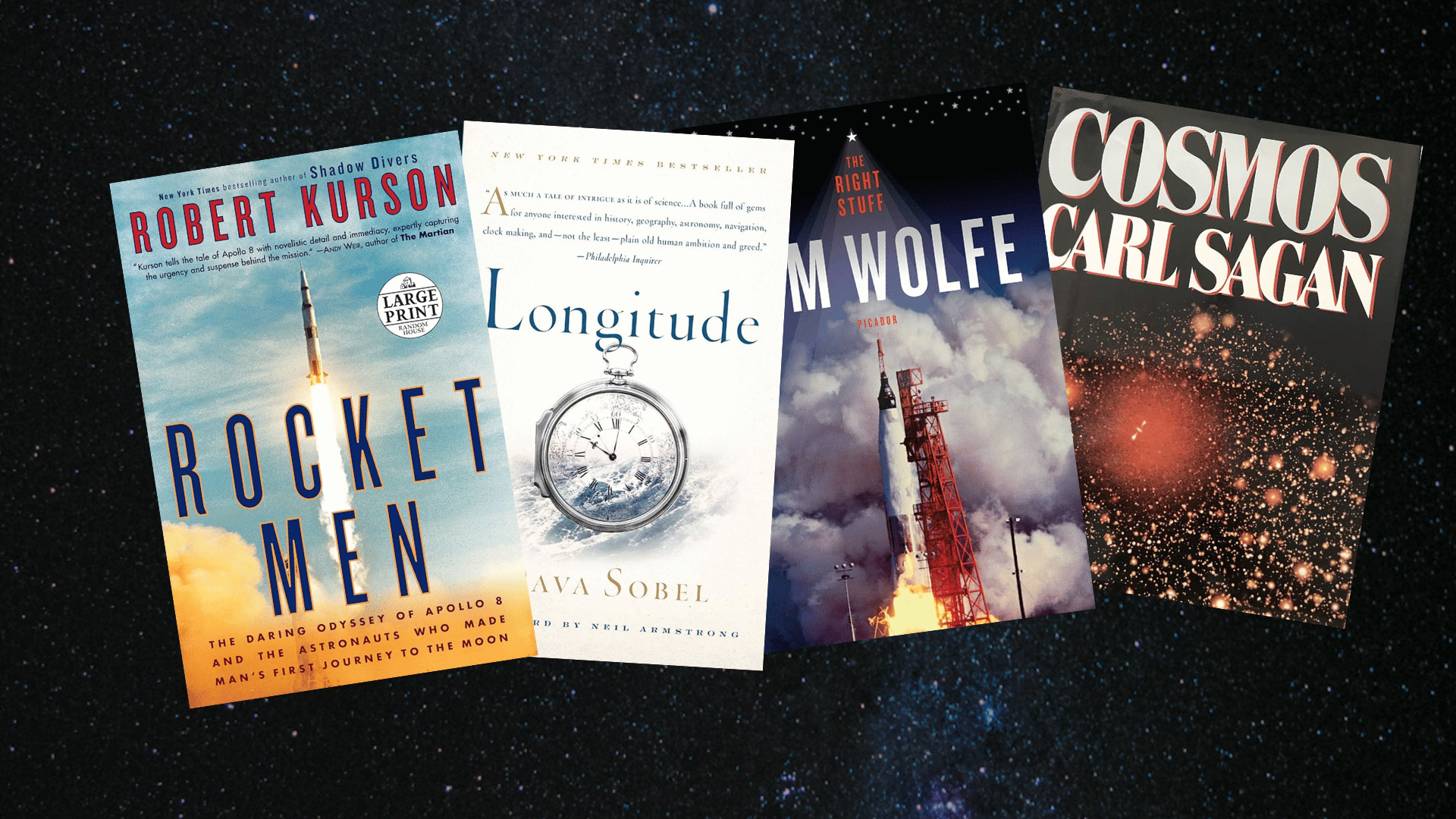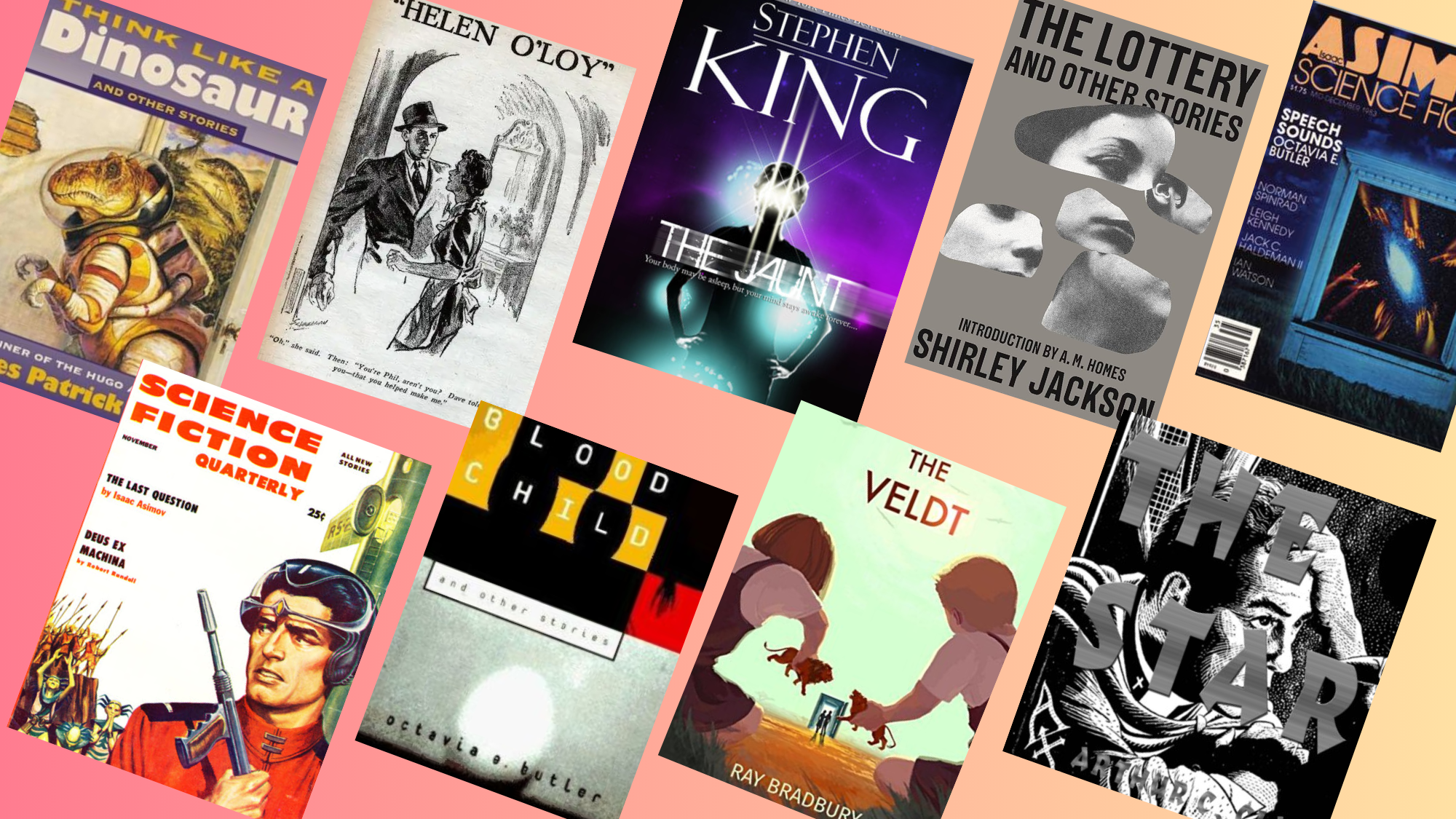Did you know that some asteroids are large enough to have tiny moons of their own?
While most asteroids are much smaller, they still capture the attention of researchers and space watchers because of the stories they tell about our solar system’s past.
Asteroids are celestial objects that have been studied for many years by scientists at NASA and other trusted organizations.
These studies help us better understand how our solar system formed and how space works today.
Continue to read this blog to know what defines an asteroid and understand why scientists study them so closely.
What is an Asteroid?
An asteroid is a small, rocky object that orbits the Sun.
According to Merriam-Webster, an asteroid is any of the small rocky celestial bodies found especially between the orbits of Mars and Jupiter.
The Oxford Dictionary describes an asteroid as a small rocky body orbiting the Sun, typically found in the asteroid belt.
NASA explains that asteroids are leftovers from the early solar system, more than 4.5 billion years old, and most are located in the asteroid belt between Mars and Jupiter, though some pass near Earth or share orbits with larger planets.
In simple words, an asteroid is a rocky object in space, smaller than a planet, that circles the Sun.
Key Characteristics of Asteroids
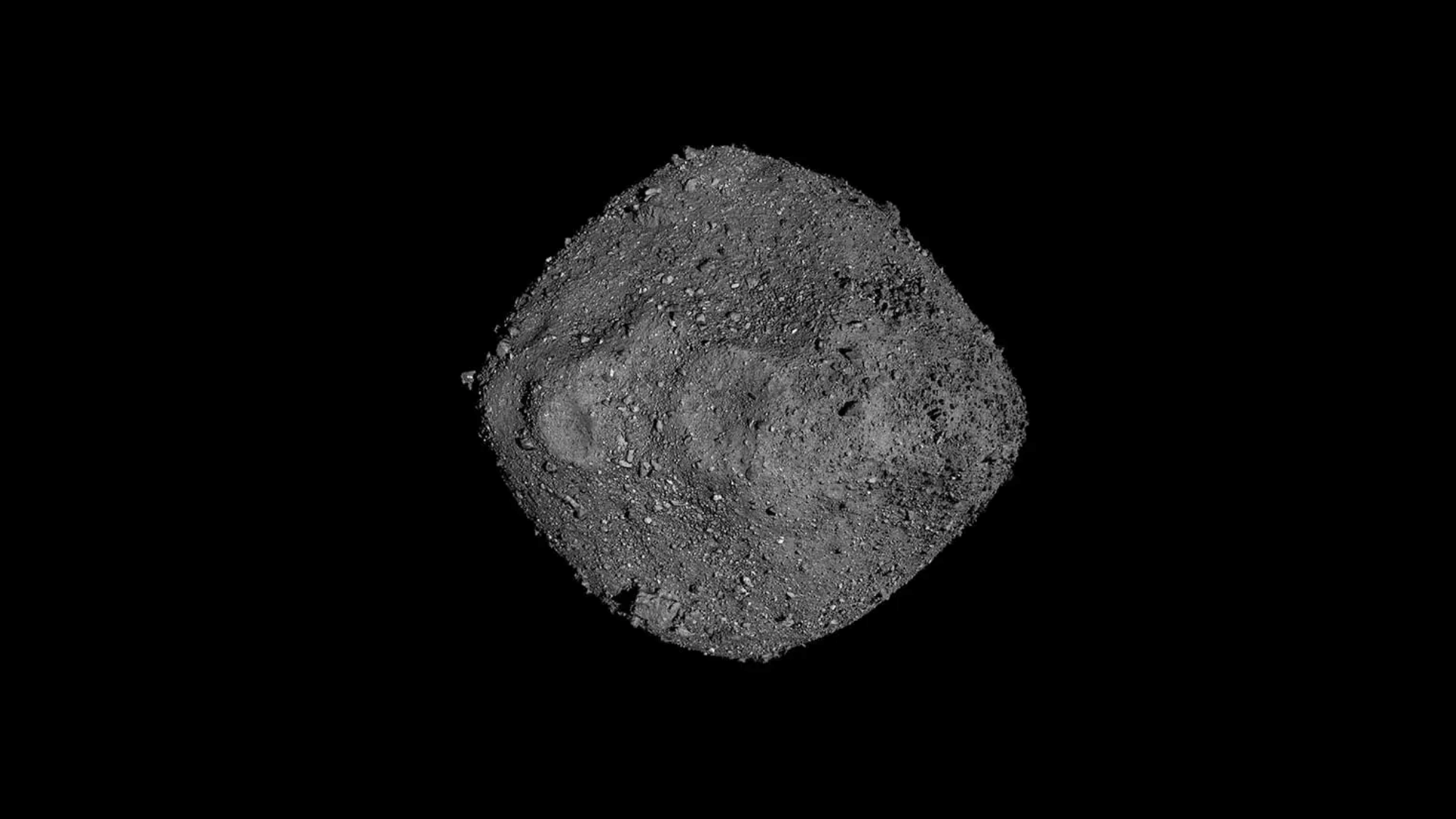
Image Source: NASA Science
Asteroids may be small compared to planets, but they have unique features that make them stand out. Scientists study their makeup, size, and shape to learn more about how they formed.
1. Composition
Most asteroids are made of rock, metal, or a mix of both. Some contain carbon, which makes them very dark in color, while others are rich in metals like iron and nickel.
A few even hold small amounts of water ice trapped inside. By studying these materials, scientists can understand what ingredients were present when the solar system was forming.
The mix of substances in asteroids gives us clues about the building blocks of planets.
2. Size
Asteroids come in many sizes, from tiny specks of dust to objects as wide as mountains.
The majority are small, less than a mile across, but scientists have also found thousands that are dozens of miles wide.
A few of the biggest ones even have enough gravity to hold smaller asteroids as moons. Smaller asteroids are more common, but they can still cause big changes if they strike a planet, leaving behind craters or altering the landscape.
For example, Eros is around 21 miles long and was the first asteroid ever orbited by a spacecraft.
3. Shape
Unlike planets, asteroids do not have smooth, round surfaces. Their shapes are usually irregular, with lots of bumps, dents, and craters.
Many look like giant potatoes, while others resemble chunks of broken rock. These unusual shapes are the result of billions of years of collisions with other space objects.
Due to their uneven shapes, asteroids often spin in unusual ways as they travel around the Sun.
Where are Asteroids Found?
Asteroids are not spread evenly in space but gather in certain regions shaped by gravity and early solar system conditions.
The largest collection is the asteroid belt between Mars and Jupiter, home to millions of rocky bodies. Scientists believe Jupiter’s strong gravity kept these pieces from forming into another planet.
There are also Trojan asteroids, which share orbits with larger planets, usually moving in groups ahead of or behind them. Jupiter has the most, but Neptune, Mars, and even Earth have smaller groups.
Studying these regions helps scientists understand how the solar system formed and how asteroids continue to influence it today.
Different Types of Asteroids in Space
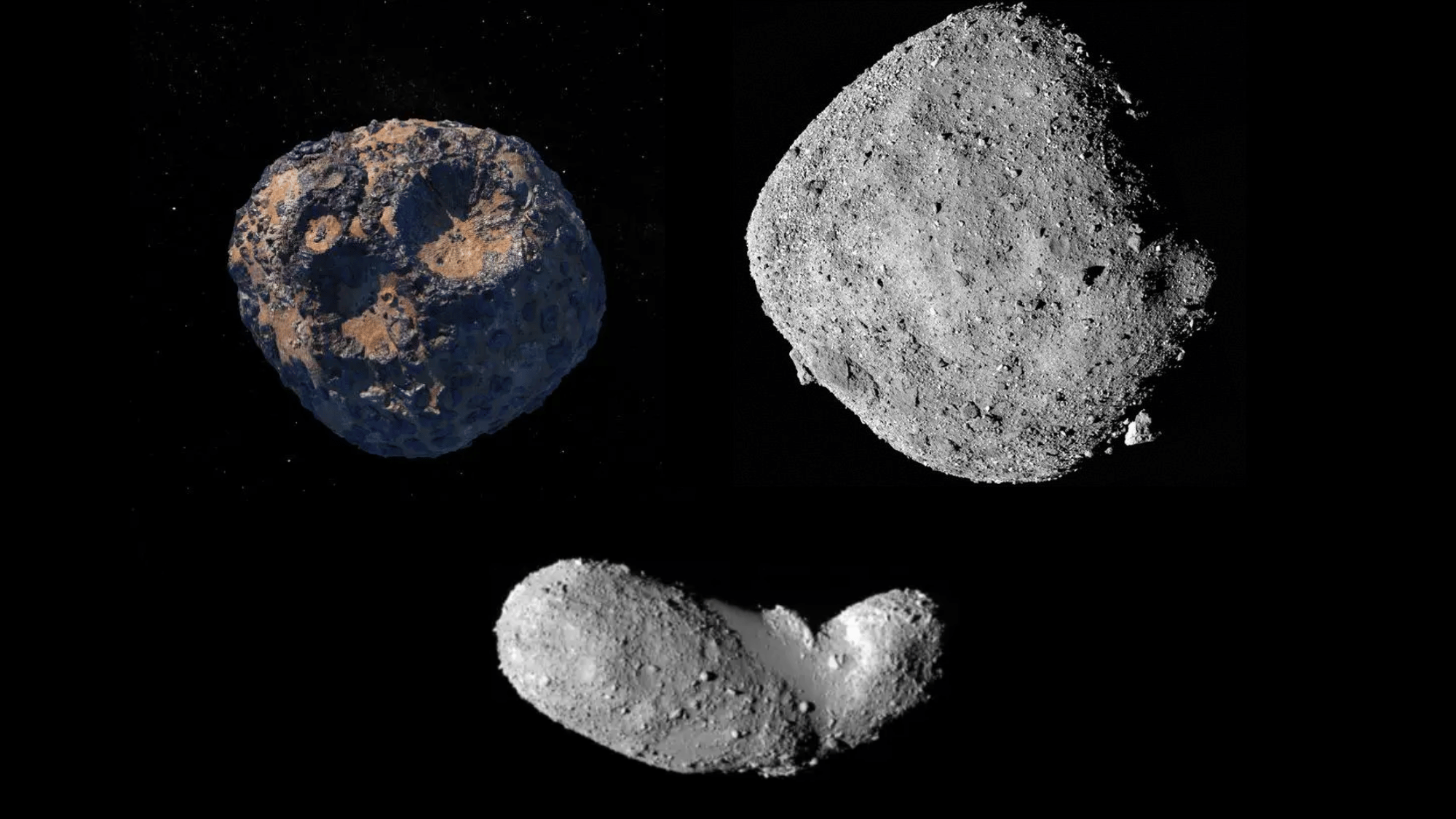
Asteroids are grouped by what they are made of. Each type tells us something different about how our cosmic neighborhood formed billions of years ago.
C-type (Carbon-rich)
These are the most common asteroids seen in space.
About 75% of all asteroids are C-type. They look dark because they contain carbon, clay, and rock. Bennu is a famous example that OSIRIS-REx studied.
Scientists think they may hold water-bearing minerals. That makes them really important for understanding Earth’s water origins.
S-type (Stony)
Around 17% of asteroids fall into this category. They appear much brighter than C-types. S-type asteroids contain silicate rock and nickel-iron.
Itokawa is one example that the Hayabusa mission visited.
You can find most of them in the inner asteroid belt. Their composition tells us about rocky planet formation in our solar system.
M-type (Metallic)
These asteroids are rich in iron and nickel. Some even contain precious metals like gold and platinum. They live mainly in the Middle Belt region.
Psyche is a famous M-type that NASA is studying. Scientists believe it may resemble planetary cores.
Studying M-types helps us understand how planets developed their metal-rich centers long ago.
Famous Asteroids
Some asteroids are better known because of their size, brightness, or close visits to Earth. Scientists have studied these objects closely to learn more about the solar system.
1. Ceres: The largest asteroid, about 590 miles (940 km) wide. It is so big that it is also classified as a dwarf planet. NASA’s Dawn spacecraft orbited Ceres and found water ice on its surface.
2. Vesta: One of the brightest asteroids in the belt and the second largest after Ceres. Dawn also visited Vesta, sending back detailed images of its craters and mountains.
3. Eros: A near-Earth asteroid that is about 21 miles (34 km) long. It was the first asteroid orbited and landed on by a spacecraft, NEAR Shoemaker, which gave scientists new information about its surface.
4. Apophis: A near-Earth asteroid that will pass very close to Earth in 2029, within the distance of our satellites. Scientists are using this event to learn more about asteroid paths and the effects of gravity.
These famous asteroids have taught us valuable lessons about the makeup, movement, and history of our solar system.
Difference Between Asteroids, Comets, and Meteors
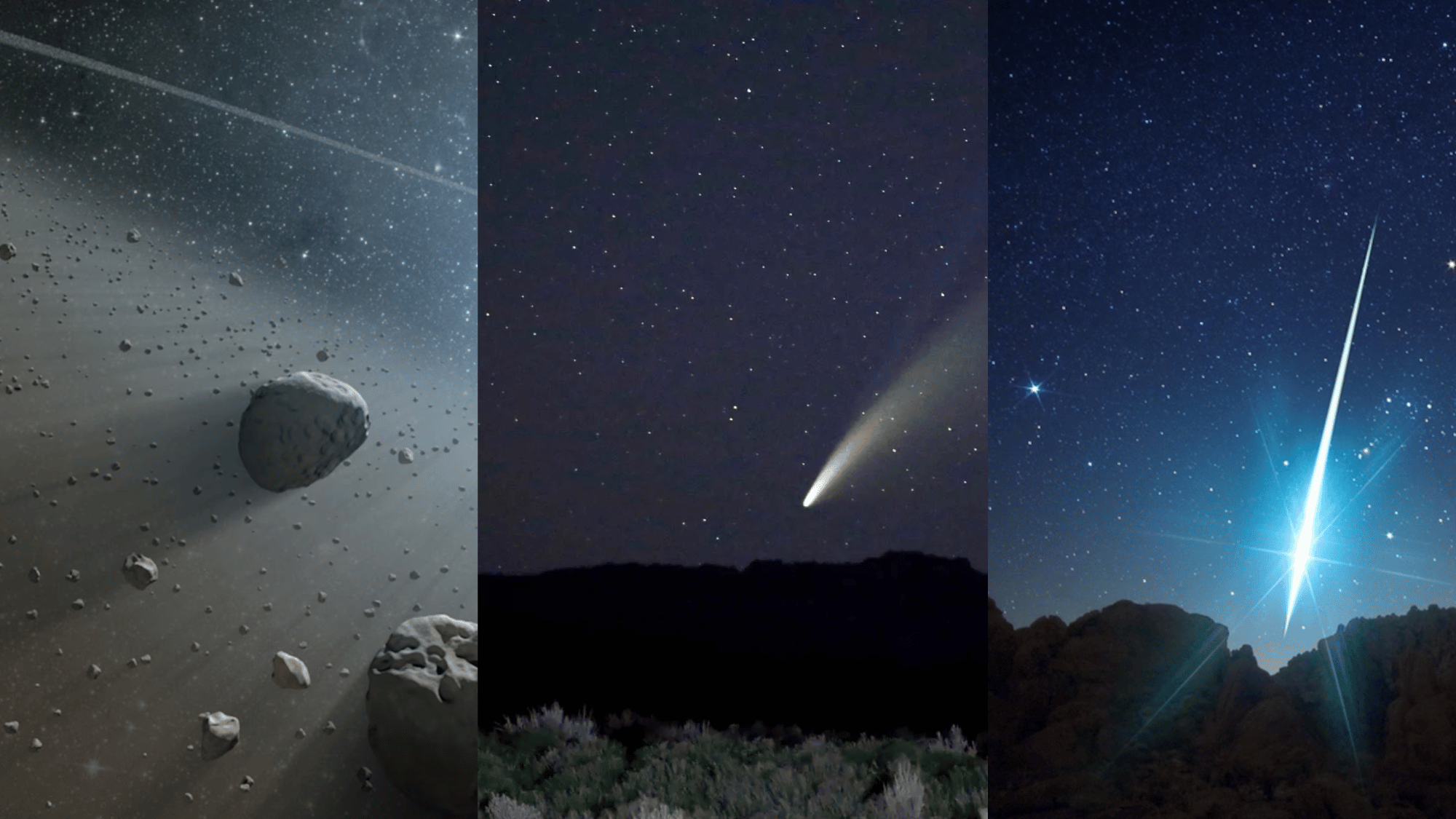
People often confuse asteroids, comets, and meteors because they all involve space rocks. However, they are very different in what they are made of and how they appear.
| Object | What It Is | Made Of | Where It Is Found | What We See From Earth |
|---|---|---|---|---|
| Asteroid | Rocky body orbiting the Sun | Rock, metal, sometimes ice | Mostly in the asteroid belt, some near Earth | Seen through telescopes as space rocks |
| Comet | An icy body that forms a tail near the Sun | Ice, dust, rock | Outer solar system; forms tails when close to the Sun | Bright tail visible in the night sky |
| Meteor | Streak of light in the sky | Small rock or dust is burning up | From space, burning in Earth’s atmosphere | “Shooting star” flash of light |
The Role of Asteroids in Planetary Defense
Asteroids play a central role in protecting Earth from cosmic threats.
Near-Earth Objects (NEOs) are monitored closely because they can potentially collide with our planet. Scientists focus on detecting and tracking these space rocks early.
This gives them time to plan defense missions. Several deflection methods exist to change an asteroid’s path. NASA’s DART mission proved that crashing a spacecraft into an asteroid works.
Other options include gravity tractors and nuclear methods. Space agencies worldwide work together on this challenge.
Understanding asteroid composition helps choose the right defense strategy.
Historic impacts caused mass extinctions, including the dinosaurs’ end. A major collision today could devastate civilization. Planetary defense represents the only natural disaster humanity can actually prevent through technology.
Conclusion
Asteroids may look like simple space rocks, but they play an important role in science.
By studying them, researchers can find clues about how the solar system formed more than 4 billion years ago.
Some asteroids contain metals and even water, which could be useful for future space travel. Tracking near-Earth asteroids also helps protect our planet from possible impacts.
Asteroids may be small compared to planets, but they hold big secrets that help us understand the past, guide us in the present, and prepare us for the future of space science.



